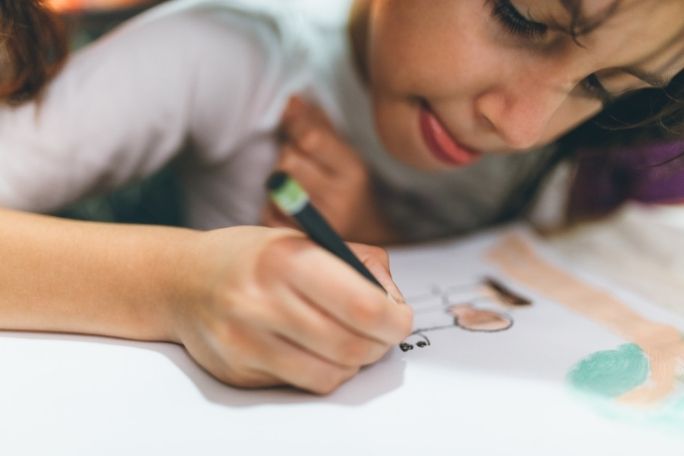Lesson summary
In this lesson students will use connector pens as a case study to understand innovative design solutions. Students will analyse this innovative product before using the SCAMPER brainstorming model to redesign another everyday product. Students will create a drawing of their final product to present to the class for feedback.
Learning intentions:
- Students will be able to analyse the design features of an innovative product
- Students know how to apply design thinking techniques to existing products.
Success criteria:
- Students articulate how the unique design features of a known product appeal to a range of people
- Students brainstorm using the SCAMPER method
- Students create a design based on an existing product
- Students communicate the design and advantages of a product design to the class.
Lesson guides and printables
Curriculum links
Select your curriculum from the options below.
Lesson details
Curriculum mapping
Australian curriculum content descriptions:
Years F-2 Design and Technologies:
- Explore the characteristics and properties of materials and components that are used to produce designed solutions (ACTDEK004).
Syllabus outcomes: STe-9ME, ST1-12MW, ST1-13MW.
General capabilities: Critical and creative thinking.
Cross-curriculum priority: Sustainability OI.8.
Relevant parts of Years F-2 Design and Technology achievement standards: Students describe the purpose of familiar products, services and environments and how they meet a range of present needs.
Unit of work: Creative Sustainability – Years F-2 – Visual Arts.
Time required: 60 mins.
Level of teacher scaffolding: Medium – Facilitate a class brainstorming session and organise student presentations.
Resources required
- Student Worksheets – one copy per student
- Device capable of presenting a video to the class
- A class set of Connector Pens
Skills
This lesson is designed to build students’ competencies in the following skills:
- Collaboration
- Critical thinking
- Creativity
- Problem solving
Additional info
Faber-Castell has long understood the importance of creativity to all people, especially to young people. It is also continuously searching for environmentally friendly processes and high-quality materials to enhance children’s creative experience throughout every development phase. For more information about Faber-Castell, click here.


Welcome back!
Don't have an account yet?
Log in with:
Create your free Cool.org account.
Many of our resources are free, with an option to upgrade to Cool+ for premium content.
Already have an account?
Sign up with:
By signing up you accept Cool.org's Terms and Conditions(Opens in new tab) and Privacy Policy(Opens in new tab).